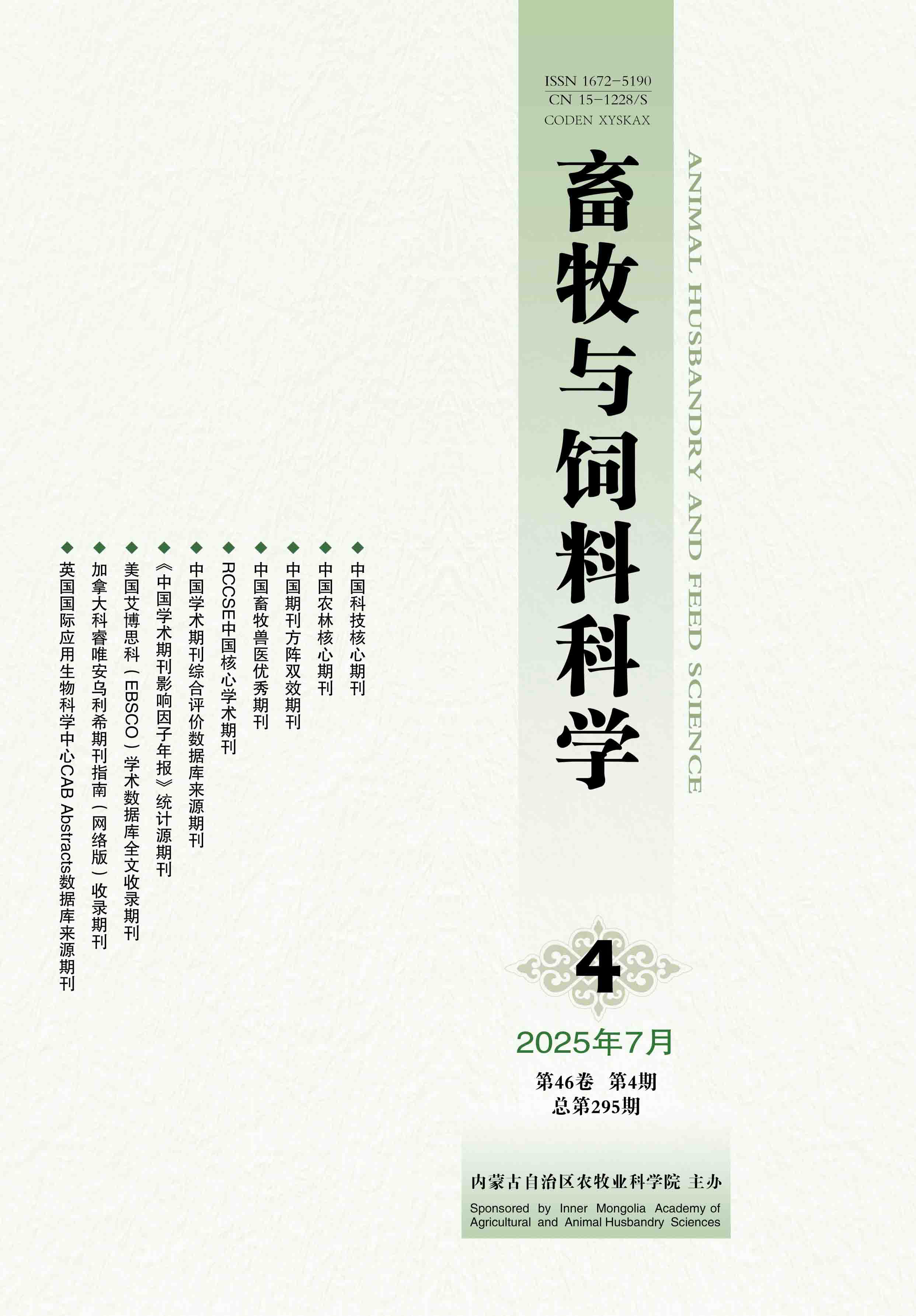Select
Effects of Two Traditional Chinese Medicine Immune Enhancers on Immune Efficacy of Newcastle Disease Vaccine of Broiler Chicks
LI Xiu-fu
2022, 43(3):
108-111.
doi:10.12160/j.issn.1672-5190.2022.03.018
Abstract
(
240 )
PDF (453KB)
(
26
)
Save
References |
Related Articles |
Metrics
[Objective] To assess the effects of two traditional Chinese medicine immune enhancers on immunological response of broiler chicks to Newcastle disease vaccine. [Method] In total, 150 1-day-old male AA broiler chicks were randomly allocated into three groups, a control (CG) group, a Astragalus membranaceus (AM) group, and a Lycium barbarum (LB) group, with 50 individuals in each group. The CG group fed basal diet, while the AM and LB groups were supplemented with 1% AM powder and 1% LB powder in basal diet, respectively. At 14 and 35 days of age, the immune organ indexes were measured. The Newcastle disease virus antibody (NDV-Ab) titer was determined at 14,21, 28 and 35 days of age, and the contents of serum immunoglobulin were evaluated at 14 and 28 days of age. [Result] At 14 days of age, the spleen index (SpI) and bursa Fabricius index (BFI) in the AM group were 31.17% (P <0.01) and 34.86% (P <0.05) higher than those in the CG group, respectively, and the SpI in the AM group was 14.12% (P <0.05) higher than that in the LB group. At 35 days of age, the thymus index (ThI) and BFI in the LB group were 14.29% (P <0.05) and 9.76% (P <0.05) higher than those in the CG group, respectively; the ThI, SpI and BFI in the AM group were 18.37% (P <0.05), 35.84% (P <0.05) and 15.85% (P <0.05) higher than those in the CG group, respectively; the SpI in the AM group was 19.92% (P <0.05) higher than that in the LB group. Compared with the CG group, the NDV-Ab titer of the LB group was increased by 34.78% (P <0.05) at 28 days of age, while that of the AM group was increased by 118.18% (P <0.05), 75.00% (P <0.05) and 56.52% (P <0.05) at 14, 21 and 28 days of age, respectively. At 14 and 28 days of age, compared with the CG group, the content of serum immunoglobulin M (IgM) in the AM group was increased by 15.15% (P <0.05) and 11.76% (P <0.05), respectively, and that of serum immunoglobulin G (IgG) was increased by 7.50% (P <0.05) and 14.15% (P <0.05), respectively. In comparison to the CG group, the content of serum IgM in the LB group was 12.12% (P <0.05) higher at 14 days of age, and that of serum IgG was 11.32% (P <0.05) higher at 28 days of age. [Conclusion] Dietary supplementation of 1% AM powder or 1% LB powder improved the major immune organ indexes, NDV-Ab titer, and serum IgG and IgM contents of AA broiler chicks. The effects of 1% AM powder was superior.








